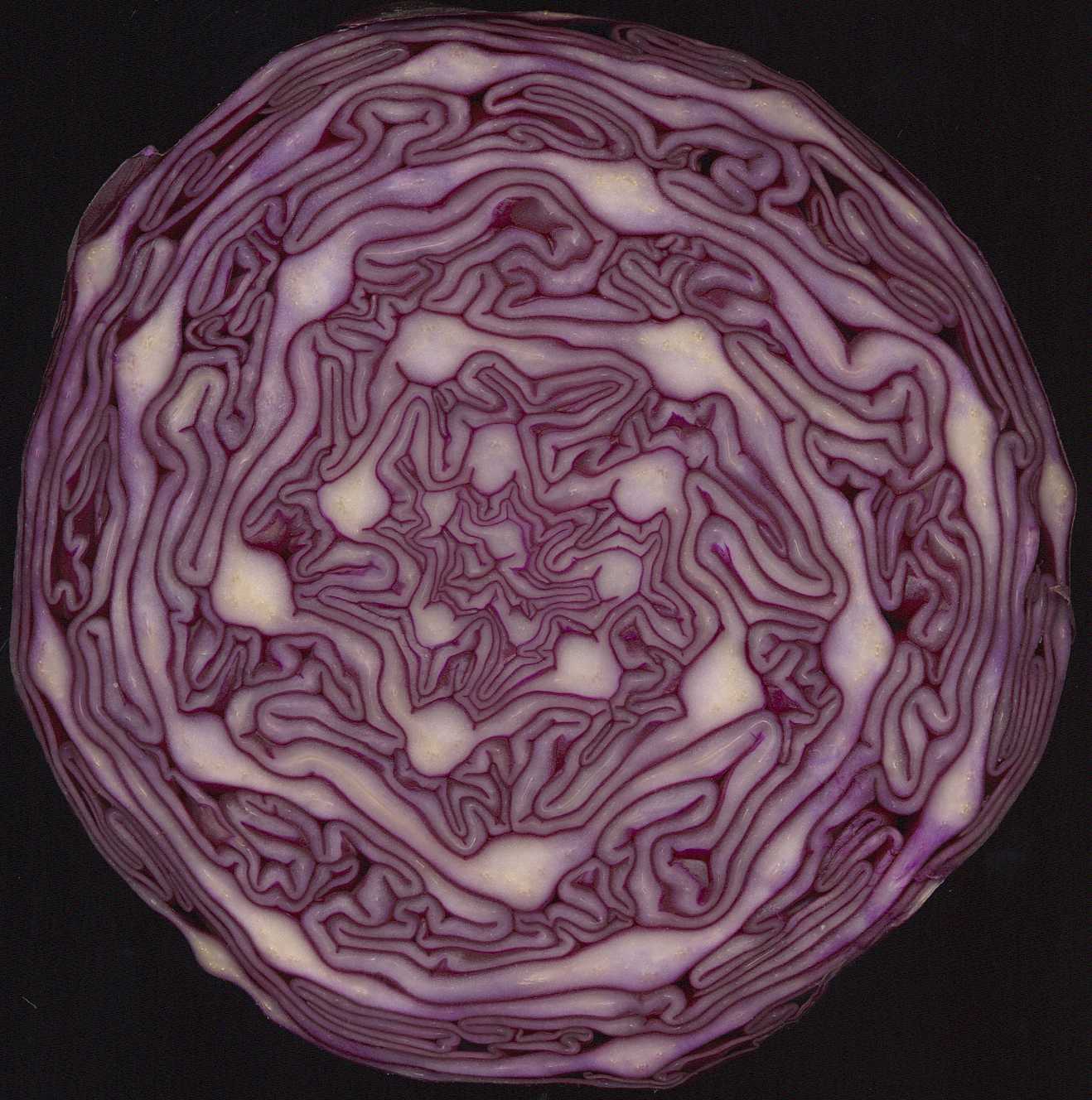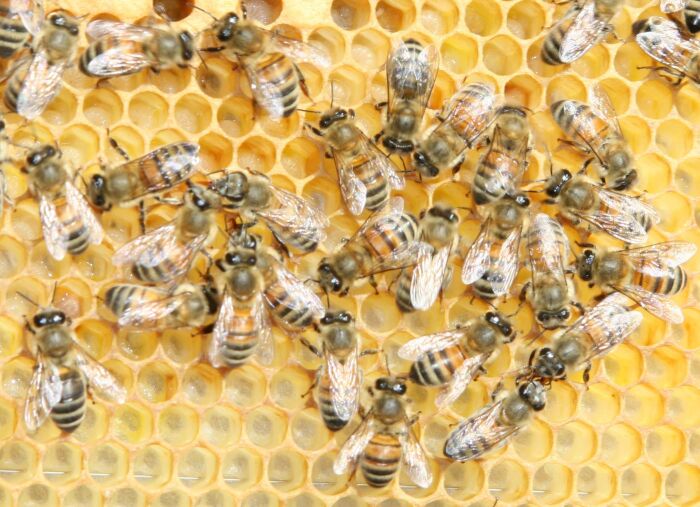.jpg) |
| Dunes by Jon Sullivan |
Well-ordered distinguishable regularities of form appear everywhere in nature.
Early Greek philosophers considered order in nature in broad pursuit of a
philosophy of nature that is a precursor to modern science.
“There is geometry in the humming of the strings. There is music in the spacing of the spheres.”
― Pythagoras, Philosopher (570 – 495 BC)
Symmetry, spirals, meanders, waves, tessellations, and cracks are a few common patterns we observe in nature.
Symmetry is perhaps the most recognizable pattern since the human form has bilateral symmetry.
Symmetry
Many flora and fauna have n-fold mirror symmetry, a pattern that duplicates mirror-like across an axis or axes.
 |
| Tiger |
|
_cropped.jpg) |
| Starfish |
|
Symmetry can be bilateral, like a human face or a tiger's face when split down the bridge of the nose, five-fold like a starfish, or many-fold like a snowflake.
Spirals
Many plants and animals have a spiral pattern. Each chamber of the nautilus mollusk has a shell that is a scaled copy of the next one, scaled by a constant factor and arranged in a logarithmic spiral.
 |
| Nautilus Mollusk |
|
 |
| Red Cabbage |
|
Red cabbage in cross-section has multiple, repeating spirals.
Meanders
Sinuous curves in channels formed by water are meanders. Water movement causes erosion and deposition.
 |
| Flood Plain |
|
 |
| River |
|
When the path of a river begins to develop bends, the size and curvature of each bend increases as the flow carries sand and gravel to the inside of the curve. The outside of the bend is unprotected, accelerating erosion, and thereby increasing the meandering in a feedback loop.
Waves
Waves are disturbances that carry energy as it moves through a dynamic system. Wave patterns are also expressed in a steady state where energy driven motion has reached temporal equilibrium like a sand dune.
 |
| Sand Dunes |
|
 |
| Ocean Wave |
|
As energy is transformed to wave action in the ocean, or as wind passes over sand, dynamic and steady-state patterns emerge. Steady state patterns are essentially a
snapshot since our perception of change is a matter of scale.
“From where we stand the rain seems random. If we could stand somewhere else, we would see the order in it.”
― Tony Hillerman, Coyote Waits
Tessellations
Tessellations are repeating tile patterns. Tilings are common in living organism. Color patterns in flowers and the wax cells of honeycomb are examples of tessellation.
 |
| Flower |
|
 |
| Honeycomb |
|
Fish, reptiles and fruits often have overlapping scales forming repeating units.
“Humans are pattern-seeking story-telling animals, and we are quite adept at telling stories about patterns, whether they exist or not.”
― Michael Shermer
Cracks
Cracks are openings that form to relieve stress. Crack patterns indicate whether the material is elastic or inelastic.
 |
| Mud |
|
 |
| Basalt |
|
Inelastic, desiccated mud has a preponderance of straight and orthogonal 90° cracks. Cooled, elastic basalt can exhibit vertical 120° cracks that form hexagonal columns.
“There are only patterns, patterns on top of patterns, patterns that affect other patterns. Patterns hidden by patterns. Patterns within patterns.
If you watch close, history does nothing but repeat itself.
What we call chaos is just patterns we haven't recognized. What we call random is just patterns we can't decipher.”
― Chuck Palahniuk, Survivor
REFERENCES
.jpg)

_cropped.jpg)










